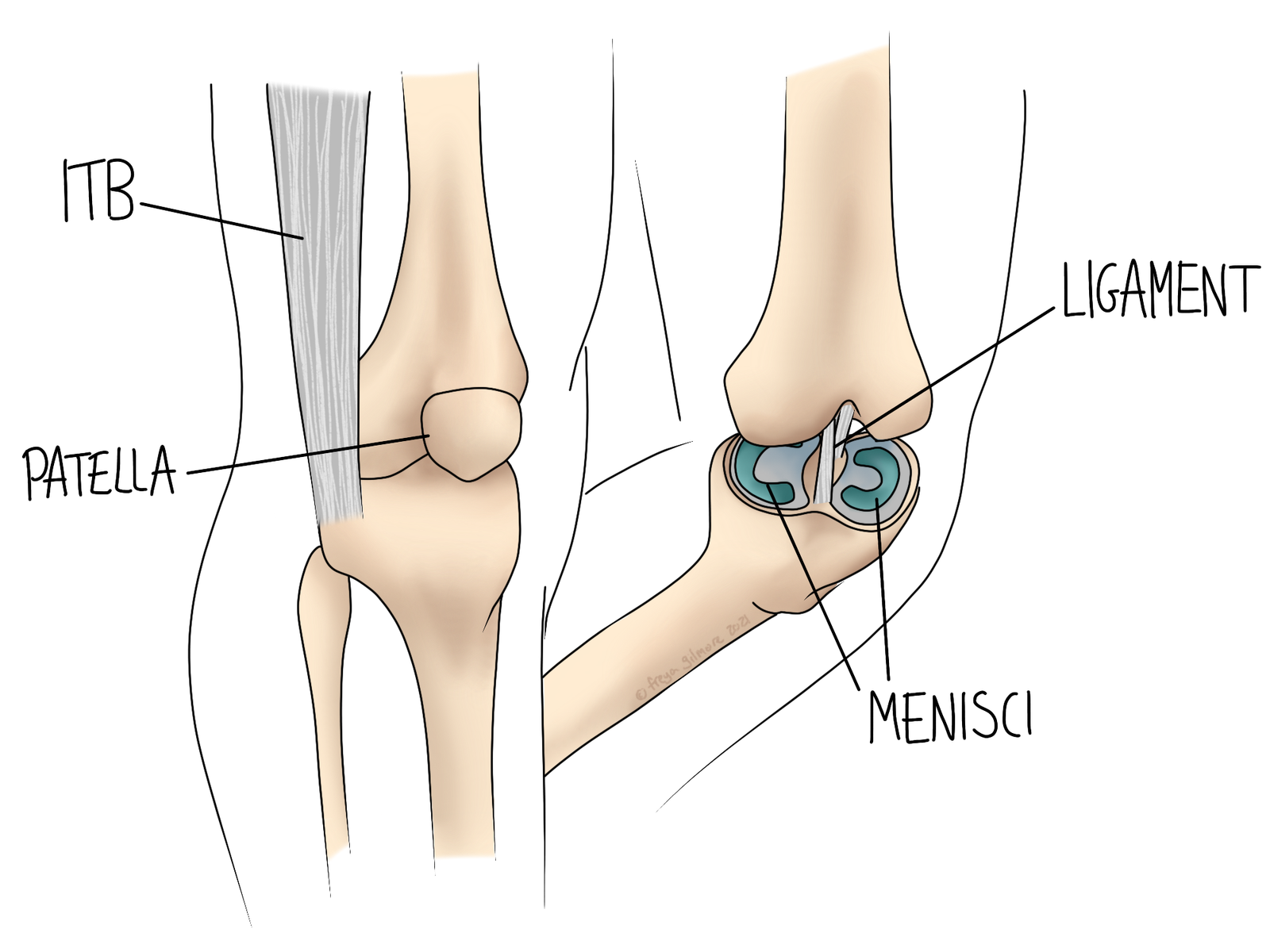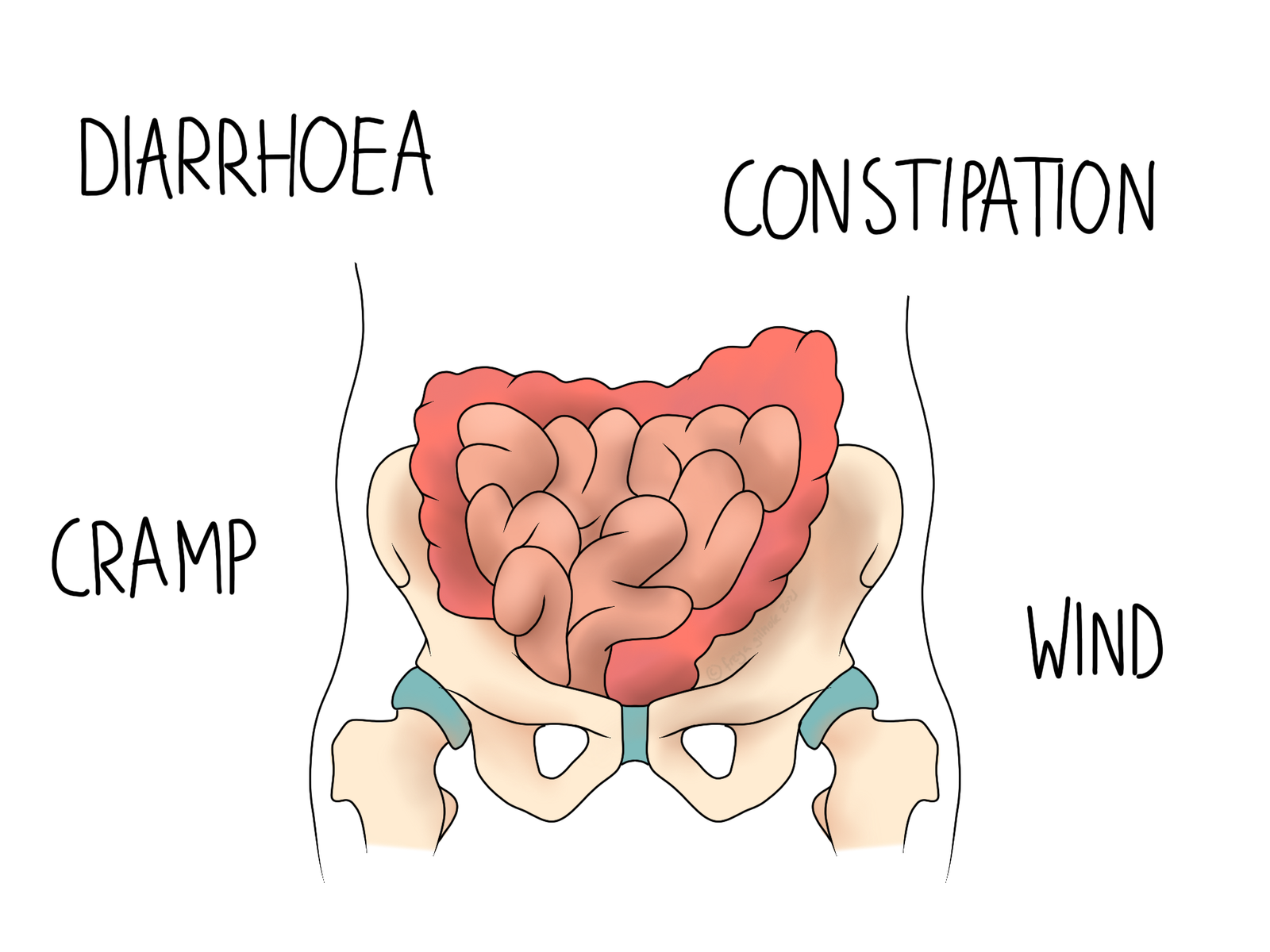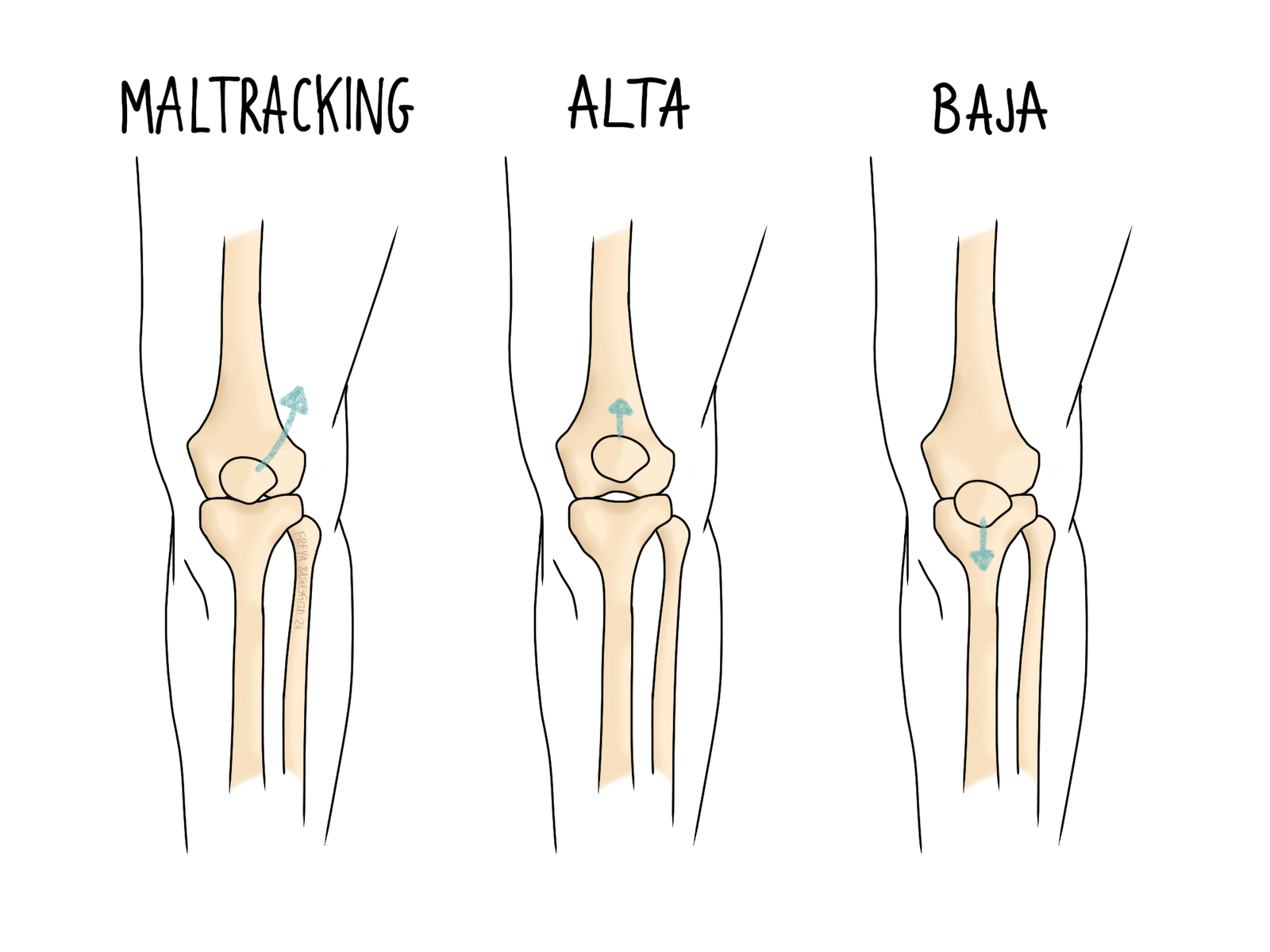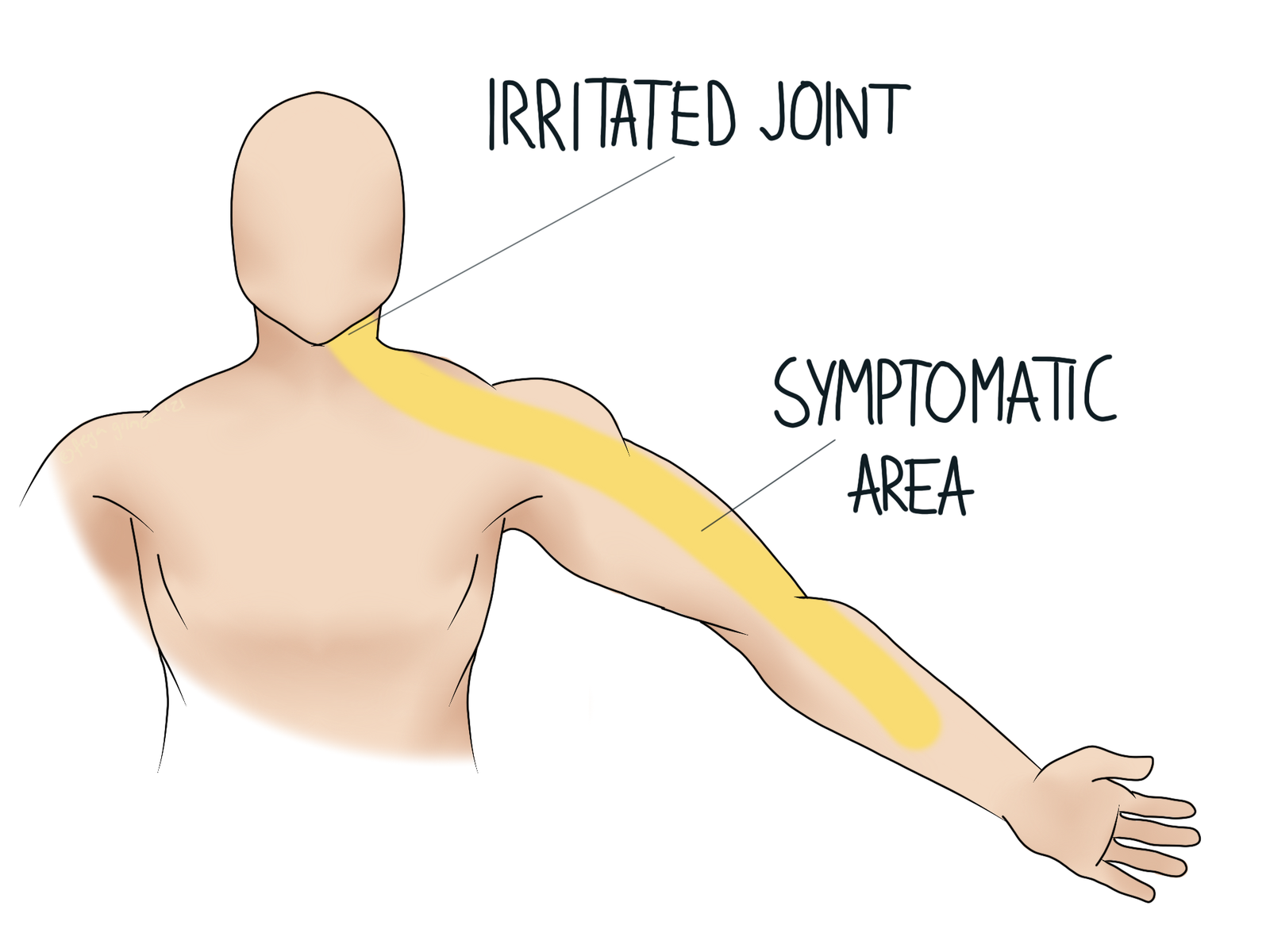We've all heard of IBS, but what is it really? It can't be diagnosed by…

Knee Injuries
The knee is an area that often causes problems we see in clinic. Fortunately, these problems are often quite easy to diagnose and manage. Below are some examples of potential causes of your pain.
Anatomy of the Knee
The main joint of the knee is a hinge joint, which means it mostly just wants to flex and extend. There are some additional movements available, but they are limited by the ligaments mentioned below. There is also a sliding joint on the front, where the knee cap (patella) meets the rest of the knee. Finally, there is a small joint on the outside of the knee where the fibula attaches. The far end of the fibula makes up part of the ankle joint, so problems with the ankle can affect this joint, and vice versa.
Meniscus Injuries
The menisci are two C-shaped pieces of cartilage within the knee joint. Their roles involve stabilising and shock absorption. However they can be prone to injury when subjected to a twisting movement. They are especially vulnerable to this when the knee is weight bearing, such as when planting a foot and kicking with the other. Symptoms can come and go, especially if the tear produces a flap of cartilage that moves in and out of place.
Knee Ligament Injuries
We often hear about footballers spraining or tearing ligaments in the knee, but they can happen to non-athletes too. The ACL and PCL (cruciate ligaments) stop the knee sliding too far forwards and backwards, so sudden injuries that shift the knee in this way can cause a sprain or rupture. The MCL and PCL (collateral ligaments) sit on the inner and outer sides of the knee and prevent a “gapping” movement. Tackles from the side can cause injuries to these ligaments- whether in sport or from dog walking or other accidents.
Patellofemoral Pain (PFPS)
The joint between the patella and the rest of the knee can be a cause of pain. It’s quite a simple joint, and often the cause is a cartilage injury. Fortunately, cartilage is living tissue and responds well once its aggravating factors are removed. This does not just apply to sports injuries, but also early osteoarthritis. One consideration for this joint is the role of the quadriceps. The patella sits within the quadriceps tendon, so is very much influences by tension within these muscles. If the muscles are too tight, they can cause additional friction in the patellofemoral joint. Frustratingly, this often causes the quads to react to try and protect the area; by producing more tension. Breaking the cycle is usually quite straight forwards, so don’t suffer for too long if you find that your pain is not resolving on its own within a few weeks.
The Effects of Knee Problems Elsewhere
The illustration above shows the ITB: the iliotibial band. If you’ve heard of it, it might be because someone has told you to foam roll it, even though it’s painful. The evidence for this is inconclusive, which may be because it’s a band of tissue and not a muscle. Tightness in the ITB is controlled by the muscle at the top end: the TFL. It tightens the ITB to try and stabilise the knee, so you might find that rolling the ITB does not get to the root of the issue.
Osteopathy for Knee Injuries
Minor sports injuries are well within our remit. Your history will give us a good idea of what the cause of your pain may be, and a treatment plan will depend on our diagnosis and any other factors that are relevant to your case. You can expect your osteopath to work through the whole leg, including the ankle depending on the cause of your pain. It may also be appropriate to give you stretching or strengthening exercises, or management techniques for swelling if there is heat, redness, or puffiness.
Make an appointment here to manage your knee pain in Camberley




